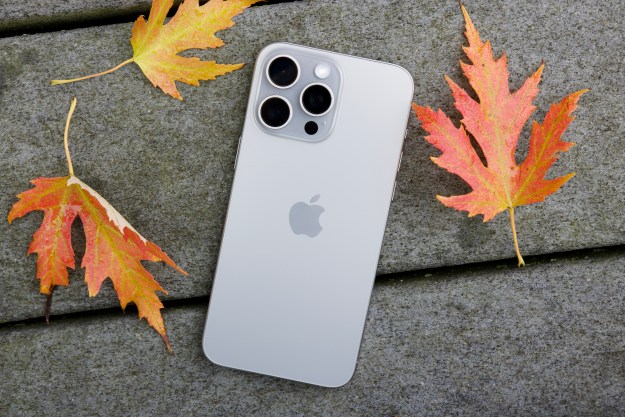While most people who have been working from home for the past several months (or longer) have figured out their optimal desktop computing setup, some of us aren’t so lucky and are still relying on a laptop as a primary machine. Not wanting to fully lean into a desktop setup with a proper monitor, I turned to the next best thing: A portable display to pair with my MacBook Pro.
But I didn’t go with an Asus ZenScreen, Lenovo ThinkVision, or one of the myriad knockoffs available. I’m just using a $329 iPad — and it feels like a no-brainer choice for any MacBook Pro owner to do the same.

The benefits of having a secondary display for your laptop are clear. A regular 13-inch or even 16-inch laptop can feel cramped compared to a desktop machine, and adding another screen of any size is immediately helpful for managing your work. But any portable display worth your time is easily going to cost $200, and it’s only a display — so if you have a Mac, why not just get an iPad to fill the duty?
Sure, some of the external displays out there are nearly laptop-sized, but that may not be a necessity for you — after all, up to this point, you thought just using your laptop was sufficient, so getting an extra 10 inches of real estate from an iPad is still a massive improvement. And the seamlessness with which an iPad pairs up with your Mac really adds to the experience.

And no, I’m not crazy — you can use an iPad as an external display for your MacBook! When using a Mac from 2016 or later and an iPad from 2018 or later, a feature called Sidecar extends your laptop to the iPad either wirelessly or over USB. When you plug in or initiate it wirelessly in the menu bar, it’s seamless. The iPad starts showing your desktop immediately, and it’s usable exactly as any other dumb monitor would be — you can adjust its placement, change display scaling, and even put the MacOS dock there if you wish.
And even while you’re using Sidecar, the iPad is still fully functional. Notifications come through, and you can close the Mac’s display with a swipe up as if it were any other app. Do what you need to do on the iPad, then tap the Sidecar app in the dock and your Mac’s second display comes right back. You can even pull up the dock and use Slide Over to open floating app windows for quick tasks without closing out of the Sidecar view.
In my experience, the wireless connection has been surprisingly reliable and responsive, to the point where I haven’t even bothered with using Sidecar over USB. Of course, if you plan to use it for several hours or more, you’ll probably want to plug in just to preserve the iPad’s battery, but given just how great iPad battery life is, you may not even care. I did notice a bit of a performance tax on my 2017 MacBook Pro when using Sidecar wirelessly to play video, which makes sense given how much computer resources are required for such a task.

Yes, an iPad is a little more expensive and a little smaller than a dedicated external display. But even if you buy an iPad primarily to use as an external display, when you’re done with work for the day, it then turns back into an iPad. You can easily argue that being able to use the iPad on its own is well worth the extra $100 or so you’ll spend over another dumb display. And if at some point you graduate to an actual desktop display, you still have that iPad to use on its own for years to come.
When you’re done with your work, your external display just becomes an iPad you keep using.
I think the new $329 iPad is a great choice for this task. Alternatively, you can buy an older refurbished iPad for under $300, or split the difference with a last-gen iPad Air for about $400. And you don’t need to pay the frankly absurd price for one of Apple’s trifold cases — you can get something comparable for $10 on Amazon.
Look, if you can justify shelling out something like $1,600 for a MacBook Pro, and are relying on it as your primary machine, chances are it’ll also make sense to spend a few hundred more for an iPad that will directly contribute to improved productivity. If you’re at all considering an external portable display for your laptop, you have to have an iPad on your list as well.
Editors' Recommendations
- Apple is about to do the unthinkable to its iPads
- 5 phones you should buy instead of the iPhone 15
- Apple accidentally revealed a big iPad Pro display upgrade
- 10 reasons you should buy an iPhone in 2024
- Apple’s new iPad Pro and iPad Air just got delayed




